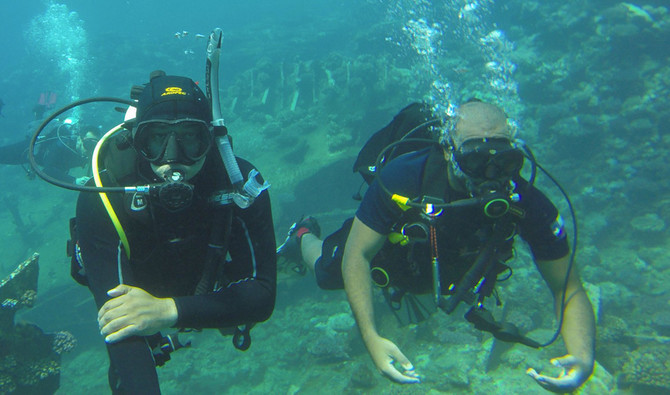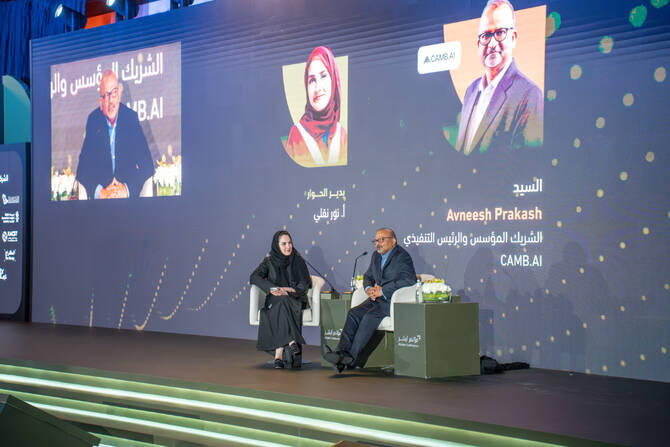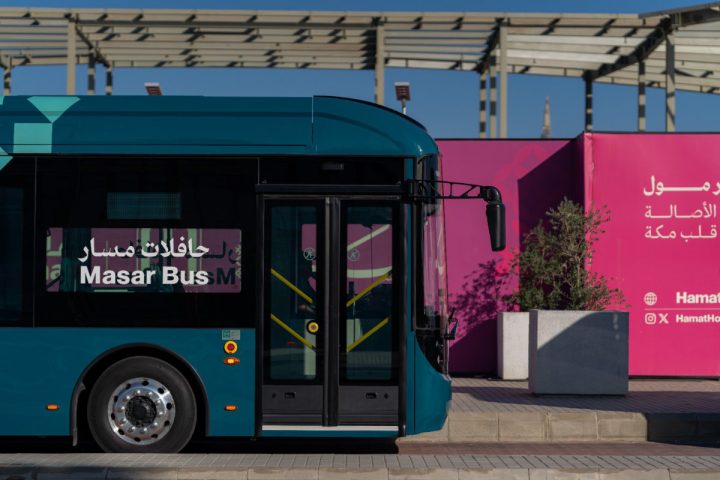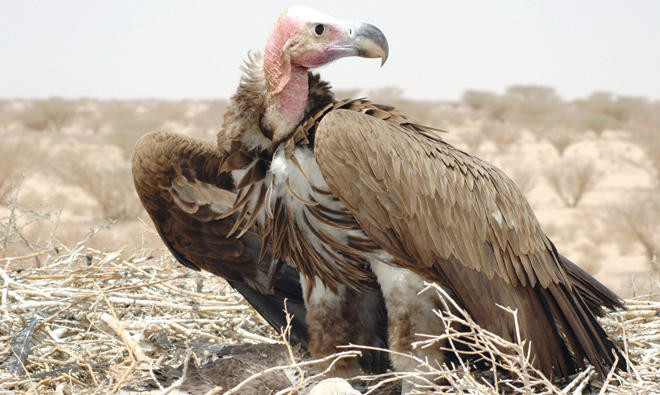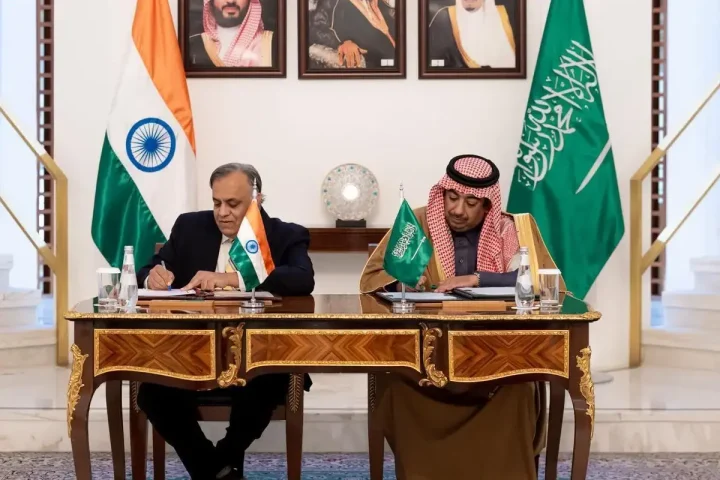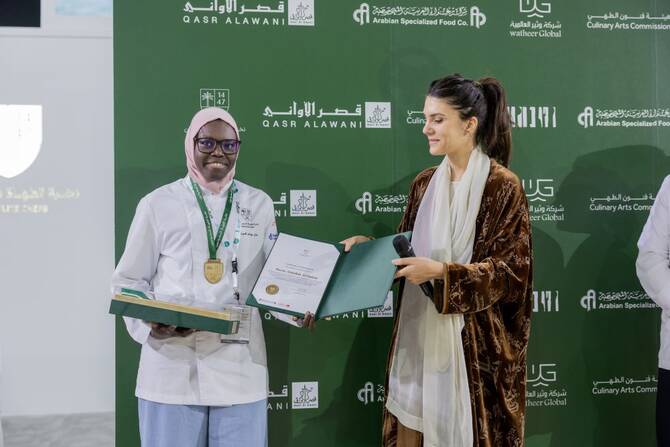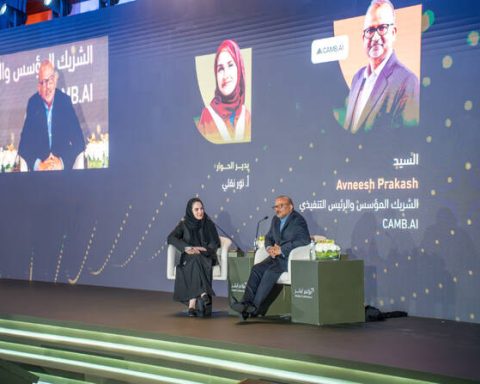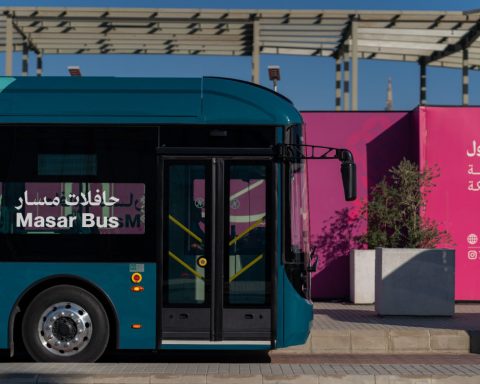Hajj: A Sacred Journey of Equality, Submission, and Unity
Hajj, the fifth pillar of Islam, is a sacred duty that must be performed at least once in a lifetime by every capable Muslim.
It takes place in the Islamic month of Dhu al-Hijjah and involves millions of Muslims from around the world gathering in Mecca to engage in deeply symbolic and spiritual rites.
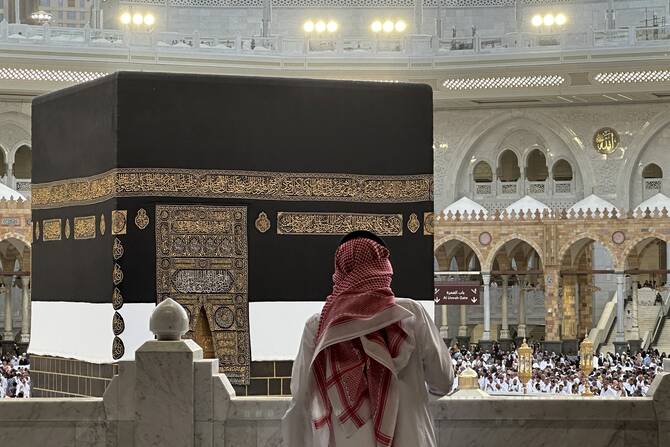
Key rituals of Hajj:
Ihram: Wearing unstitched white garments symbolizes unity, humility, and spiritual purity.
Tawaf: Circling the Kaaba seven times expresses the believer’s closeness and devotion to God.
Sa’i: Walking between Safa and Marwah recalls Hagar’s perseverance and trust in God.
Arafah: Standing on Mount Arafat is the spiritual heart of Hajj — a day of intense supplication and forgiveness.
Muzdalifah: A place of overnight rest and collecting pebbles after Arafah.
Stoning the Jamarat: Symbolically rejecting evil by throwing pebbles at the pillars.
Animal sacrifice: Reflects Prophet Ibrahim’s submission to God’s will.
Tawaf Al-Ifadah and hair trimming: Completing the rites and signifying renewal.
Hajj fosters a sense of global Islamic unity and spiritual awakening. It’s a once-in-a-lifetime opportunity to stand in equal ranks before God, shedding materialism and ego.
Eid al-Adha: A Festival Rooted in Devotion and Sacrifice
Eid al-Adha is celebrated on the 10th day of Dhu al-Hijjah and commemorates the story of Prophet Ibrahim’s devotion when he was commanded to sacrifice his son, only to have God substitute a ram.
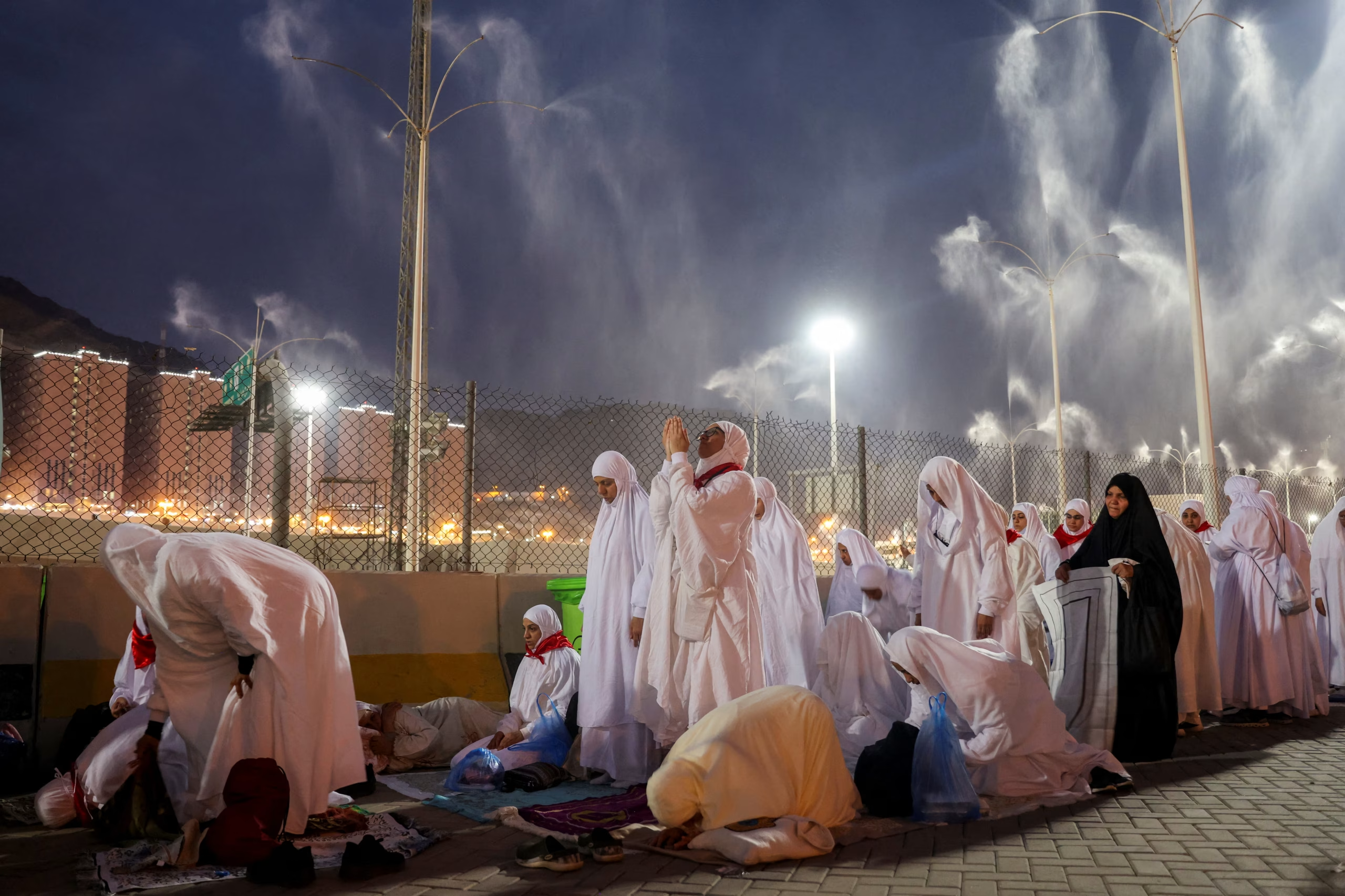
Key practices during Eid:
Eid prayer: A communal act of worship at sunrise.
Sacrifice of animals (Qurbani): Shared with the poor, neighbors, and family.
Takbeer chants: Declaring God’s greatness and gratitude.
Reinforcing family ties: Visits, charity, and festive meals.
Social harmony: Promoting compassion, generosity, and togetherness.
Eid is not just a celebration, but a reflection of faith and selflessness that connects all Muslims in a shared expression of submission and joy.
Hajj and Eid: A Unified Expression of Devotion
Both Hajj and Eid al-Adha revolve around obedience to God, remembrance of sacrifice, and celebration of submission.
Together, they mark a time of heightened spirituality, humility, and renewal — a powerful expression of Islamic identity and community.
Read More: World No Tobacco Day 2025: A Global Push to Combat Addiction and Safeguard Youth Health





